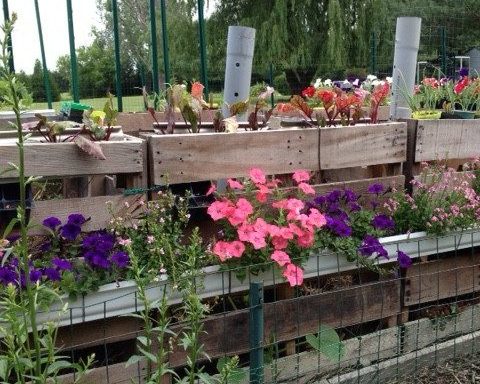
Wood pallet compost bins adorned with flowers makes a beautiful statement in the garden
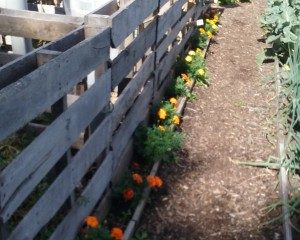
Marigolds planted a the base of the pallet creates a unique microbial community in the soil
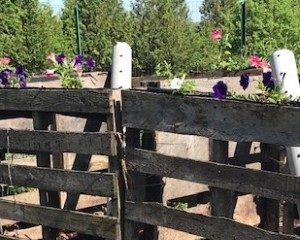
Bare at first, the wave petunias quickly will grow and drape over the rough edges
Here are some additional pretty functional steps that one can take to get more soil health benefit from placing compost bins in your garden beds.
Face it…wood pallet based compost bins are not the prettiest setup. So, to improve the “pretty factor” we added two separate flower placements to the compost bins. First, we planted marigolds around the outside edge of the compost bins. Second, we planted wave petunias around the tops of the pallets. For the petunia planting, we stapled swatches of black weed barrier fabric, to create planting slings, within the wood cells at the top of the pallets. We filled these planting slings with a soil-less mix of compost, vermicompost, mineral fertilizer blend, and wood biochar. The petunias were then planted into this soil-less mix. Once the flowers mature, they will soften the hard edges of the pallets with a riot of color.
The functional side of adding flowers is to create two additional specific microbial communities, one from the marigolds and one from the petunias, who will directly contribute to long term soil health within the garden bed. Over the growing season, the marigolds and petunias foster a specific microbial community that they prefer. At the end of the season, we will cut the marigolds and petunias at the soil level. For the marigolds, their roots will degrade over winter. For the petunias, we will dump the soil-less media and root mass out of the planting slings directly into the compost bins.
Additionally, flowers in the garden attract pollinators and are a haven for butterflies.
So, developing long term soil health can be both pretty and functional.

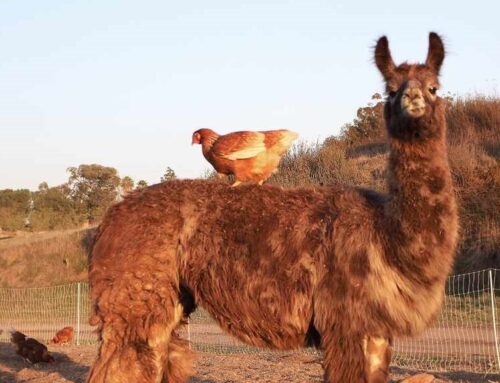
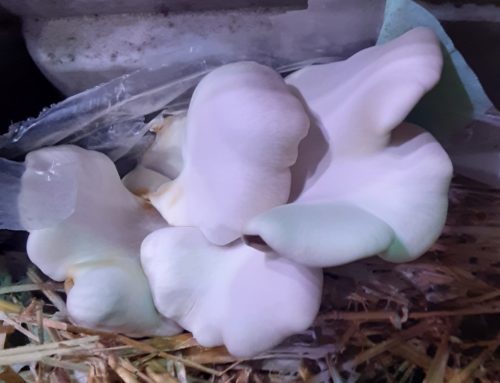
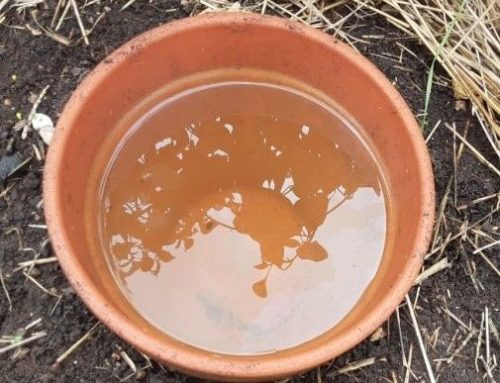
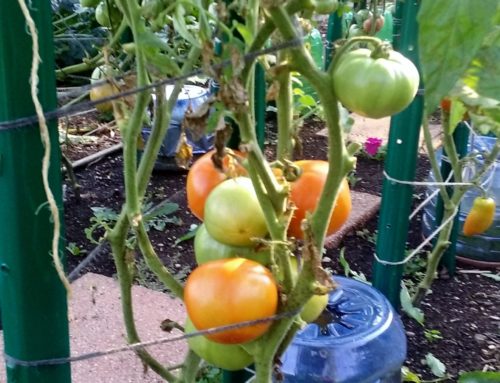
Leave A Comment